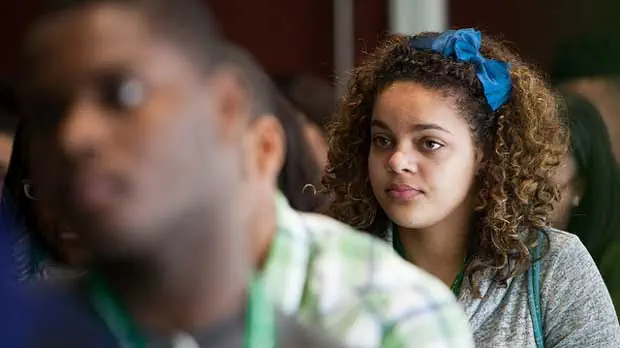
Source: New York Times
First-generation, low-income college applicants face many challenges that make the college admissions process a vastly different experience.
A new documentary set to screen in Capitol Hill next month will capture and reflect on those challenges faced by low-income students across the U.S.
New York Times reports on some of the most outstanding barriers that students who know nothing about the college application process face from the get-go. For starters, there are hardly any high school staff dedicated to helping students apply to colleges. New York Times reports that counselors are often the go-to person for students who want to apply for college, but they are so often handling hundreds of students and other tasks at a time, that they cannot be effective in fully supporting first-gen, under resourced college applicants. Across the U.S., for example, the counselor-to-student ratio is 1 to 464.
An additional barrier for students is the FAFSA application process, which in itself is a nearly impossible process to navigate if you’re not financially literate and if you or your parents are not totally able to untangle your finances and put them onto paper, explains New York Times.
For low-income students, the stress continues when filling out more applications for grants and scholarships, and is extended past acceptance letters, when students have to wait to see if they will receive a strong financial package from the university.
The questions on students’ minds are not related to the educational experience of attending college, like ‘What will my classes be like?’ or ‘What will dorming be like?’
Instead, low-income and first-generation college applicants are occupied stressing over how they will afford college, how to find resources throughout their college experience, and how can they make time to balance a job and classes at the same time.
For the New York Times, author Enoch Jemmott writes about being an underprivileged first-generation college applicant, “I came to realize that, in every step along the way, we had to do more because we had less.”
Read Full Story: New York Times
